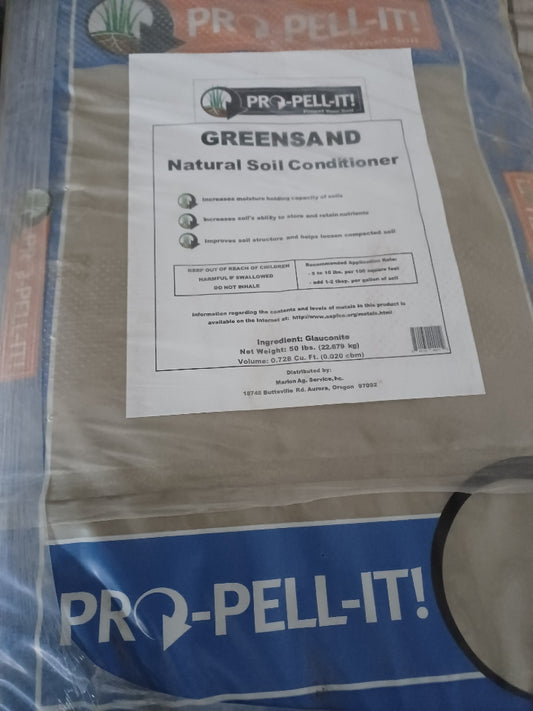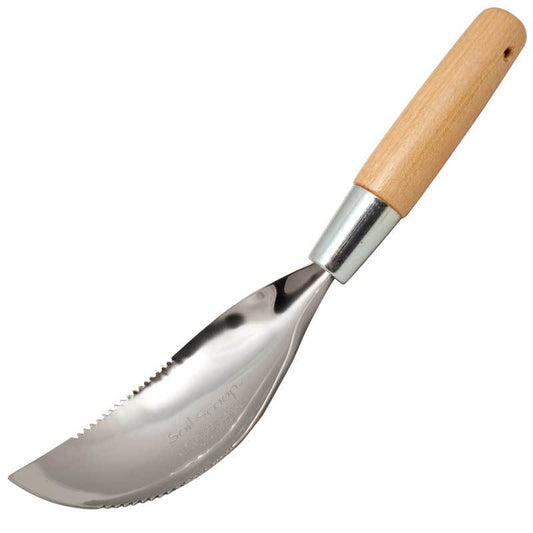What is Greensand?
Since ancient Rome, the pigment “green earth” or “Verona green” was an important mineral for a painter’s palette. Nowadays, this mineral is better known as greensand and is a great choice for improving your soil organically.
Greensand, which is sometimes called glauconite for the green-colored mineral that is its primary component, is a mined rock product that was formed millions of years ago in low-oxygen marine environments. The sediment at the bottom of that stagnant water was full of minerals including iron, potassium, silicates and trace elements.
Eventually it turned into the rock called greensand. Greensand gets its name from the color, and because the rock it comes from is crumbly and easily pulverizes or naturally weathers into sand. Unlike other sand, though, greensand actually retains water and nutrients. In fact, it can hold up to one-third its weight in water.
Benefit of Adding Greensand to Your Garden
- Helps the soil's moisture and nutrient holding capacity, so you can water and fertilize less often.
- It improves the soil’s structure as well, such as by increasing the Cation Exchange Capacity or CEC.
- Greensand contains the minerals it accumulated when it was formed as marine sediment, and is especially good for a slow-release source of potassium.
Applying Greensand to your Garden and Orchard
- For DTE Greensand, apply to your garden in spring, use 5 to 10 pounds per 100 square feet, or 1 to 2 pounds per plant. Mix it into the top 6 inches of soil.
- After the first year’s application, you can use smaller amounts every one to two years. For most gardens, 1 to 2 pounds per 100 square feet is a good maintenance application.
- To use greensand for your trees, apply 1 to 2 pounds per inch of trunk diameter, spread over the root zone.
If you’re not sure how much to add, applying the larger amount is a safe bet because greensand cannot burn your plants or over-fertilize. However, applying more than the recommended amount will not give your plants an extra boost, as it releases too slowly to do this. Because of the slow-release nature of greensand, it is not the best choice for potted plants. It will provide very little potassium during the life of your potting soil, so a quicker acting fertilizer such as Peaceful Valley’s Liquid Fish will benefit your potted plants more.
If you’re looking to improve soil structure or drainage in your potting soil, greensand can help, or you might consider instead adding perlite, vermiculite, or coco peat. Use greensand to create garden worthy of an oil painting, and grow organic for life!



